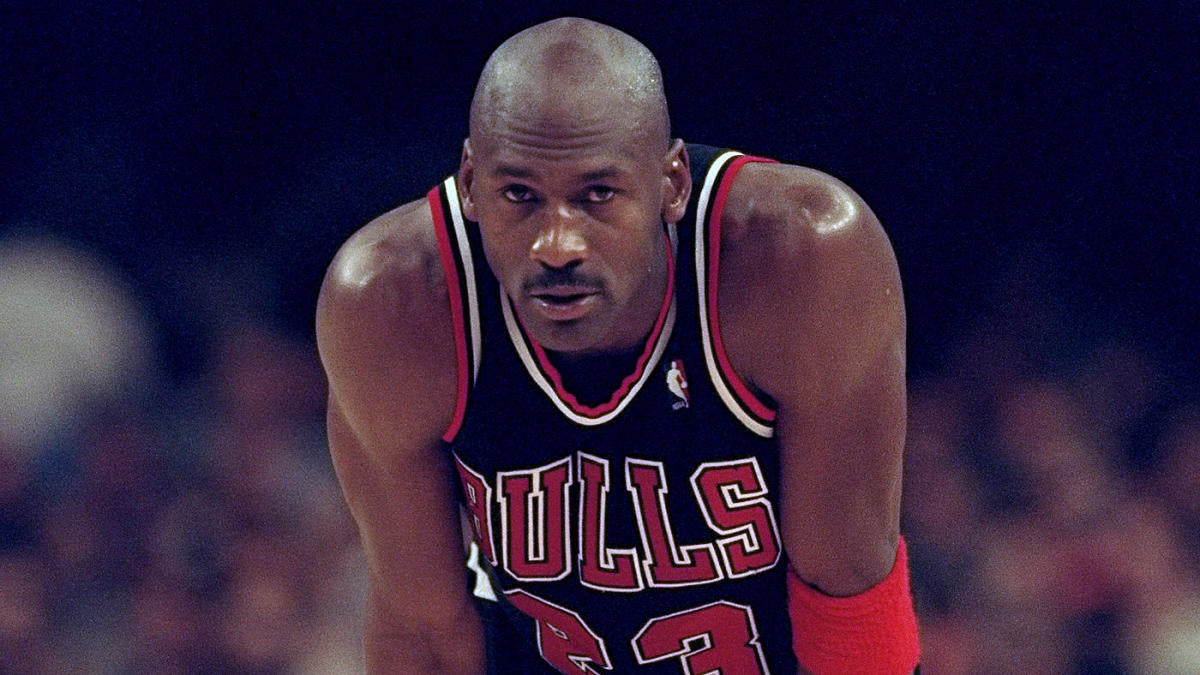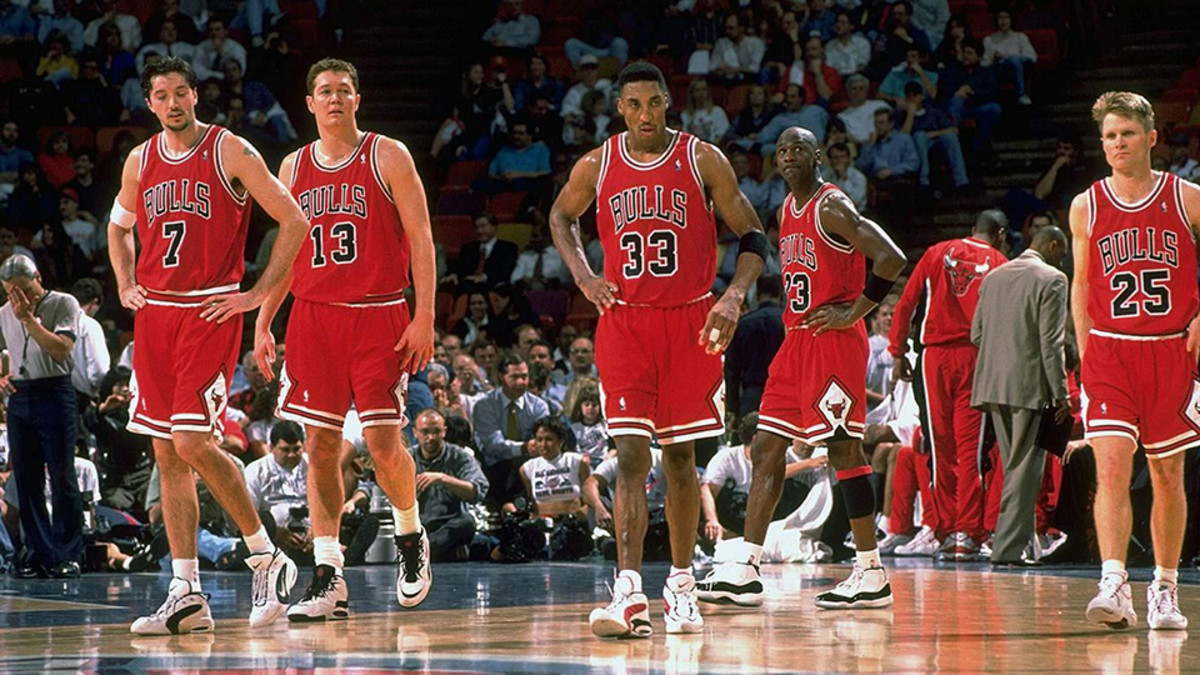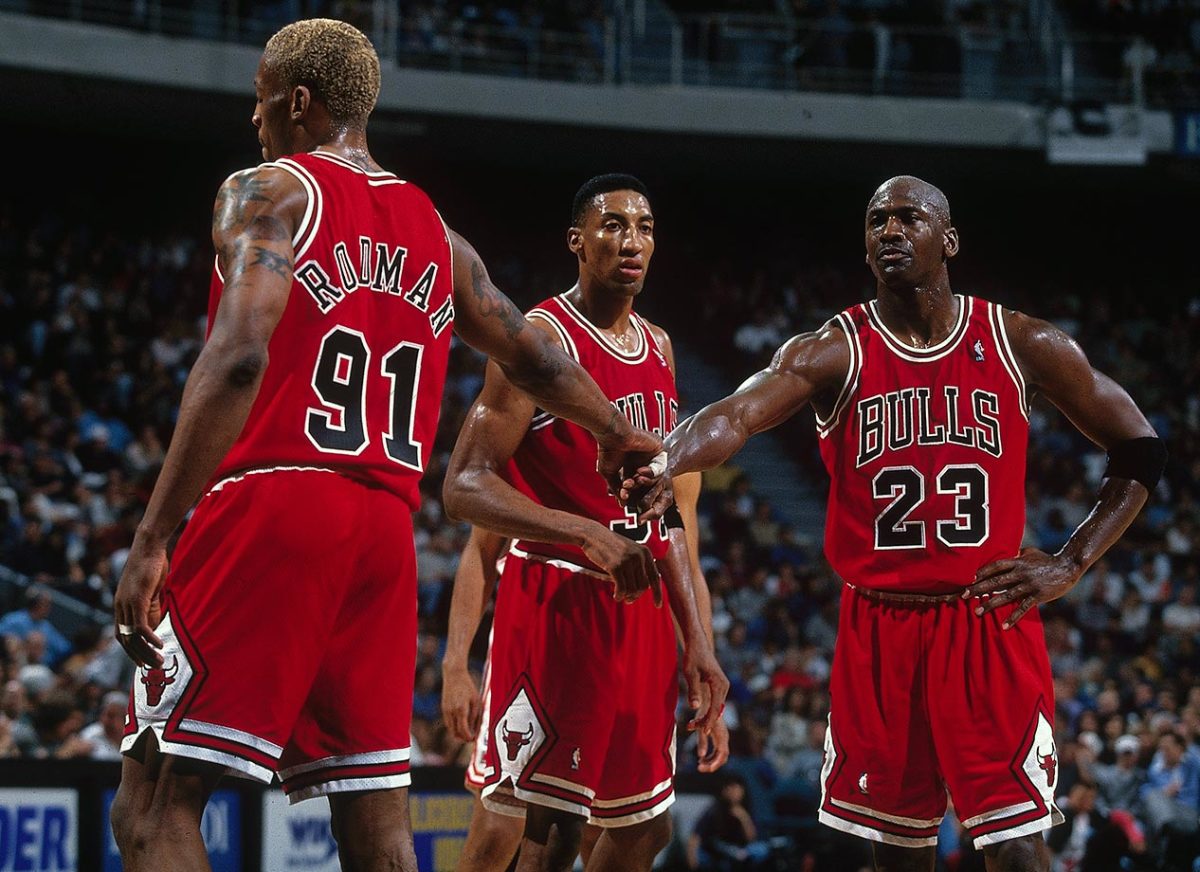Jordan would have been a receiver, albeit one that wouldn’t have gone over the middle.

On October 6, 1993, Michael Jordan made the shocking announcement to retire after leading the Chicago Bulls to a third straight NBA title. Jordan would soon trade his sneakers for baseball spikes, as the NBA’s greatest player would spend 18 months in baseball in the White Sox’s minor league system. Jordan’s foray into baseball will be one of the main storylines in the upcoming episode of “The Last Dance,” ESPN’s 10-part series chronicling the Bulls’ 1997-98 championship season.
While Jordan’s lifelong love of baseball is well-documented, his flirtation with possibly trying his hand at football has been mostly forgotten. In his bestselling book “Playing For Keeps,” author David Halberstam recalled an interview he conducted with Jordan as part of a Sports Illustrated feature in January of 1992. During the interview, Jordan openly talked about the prospect of playing a different sport at some point in the not-too-distant future.

“Jordan took the opportunity to go on at length about wanting to try major-league baseball, and he talked about his recent dreams of batting against some of baseball’s most feared power pitchers,” Halberstam wrote. “He had also mentioned trying professional football — one more challenge — and had talked about it with his friend [former Bears defensive end] Richard Dent. He would be a wide receiver but would not go after passes coming across the middle, he noted.”
Along with playing baseball and basketball, Jordan also played football during his youth. At 6-foot-6 and 218 pounds, Jordan would have been an imposing presence as a receiver, assuming he would figure out a way to create separation from defensive backs at the line of scrimmage. If he could have found a way to break containment at the line of scrimmage, Jordan’s size would have given him a significant advantage over most defensive backs from that era. Michael Irvin, one of the greatest receivers from that era, checked in at 6-foot-2 and 207 pounds. While his route-running skills would have needed significant work, Jordan’s sheer size, speed (North Carolina coach Roy Williams recently unveiled that Jordan ran a 4.38 in the 40-yard-dash in college) and peerless jumping ability would have made him a nightmare for opposing defensive backs.

Speaking of his athletic ability, as well as his drive to prove his doubters wrong, Jordan did showcase his ability to throw a football at about the time he was reportedly flirting with the idea of playing pro football.
Professional football would have been an amazing challenge for Jordan, even with his physical advantages. He would have faced some of the best defensive backs in NFL history, including Deion Sanders, Darrell Green, and Rod Woodson. That said, Jordan may have been able to contribute to a successful offense as a complementary player due to his well-documented determination to be the best at whatever he chose to focus on.
Although the exact level of Jordan’s NFL player potential will never be known, it is safe to assume that he will always be remembered as the best NBA player of all time.